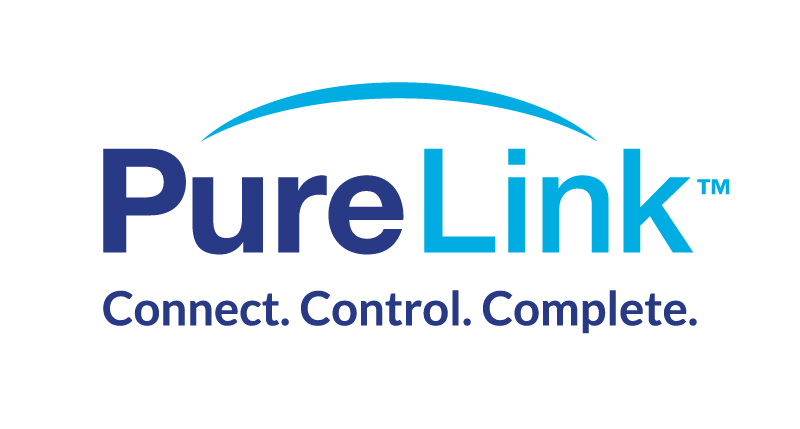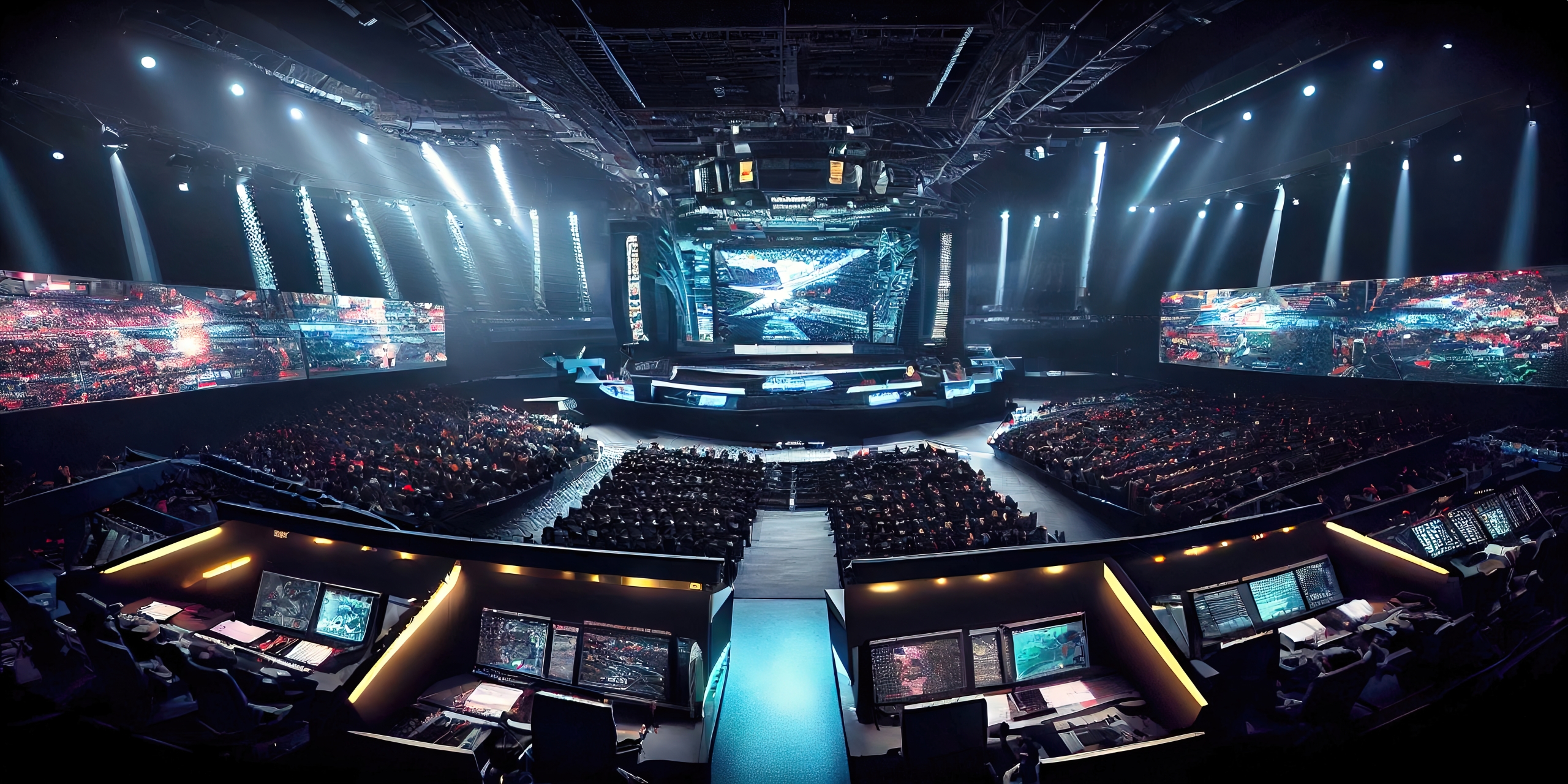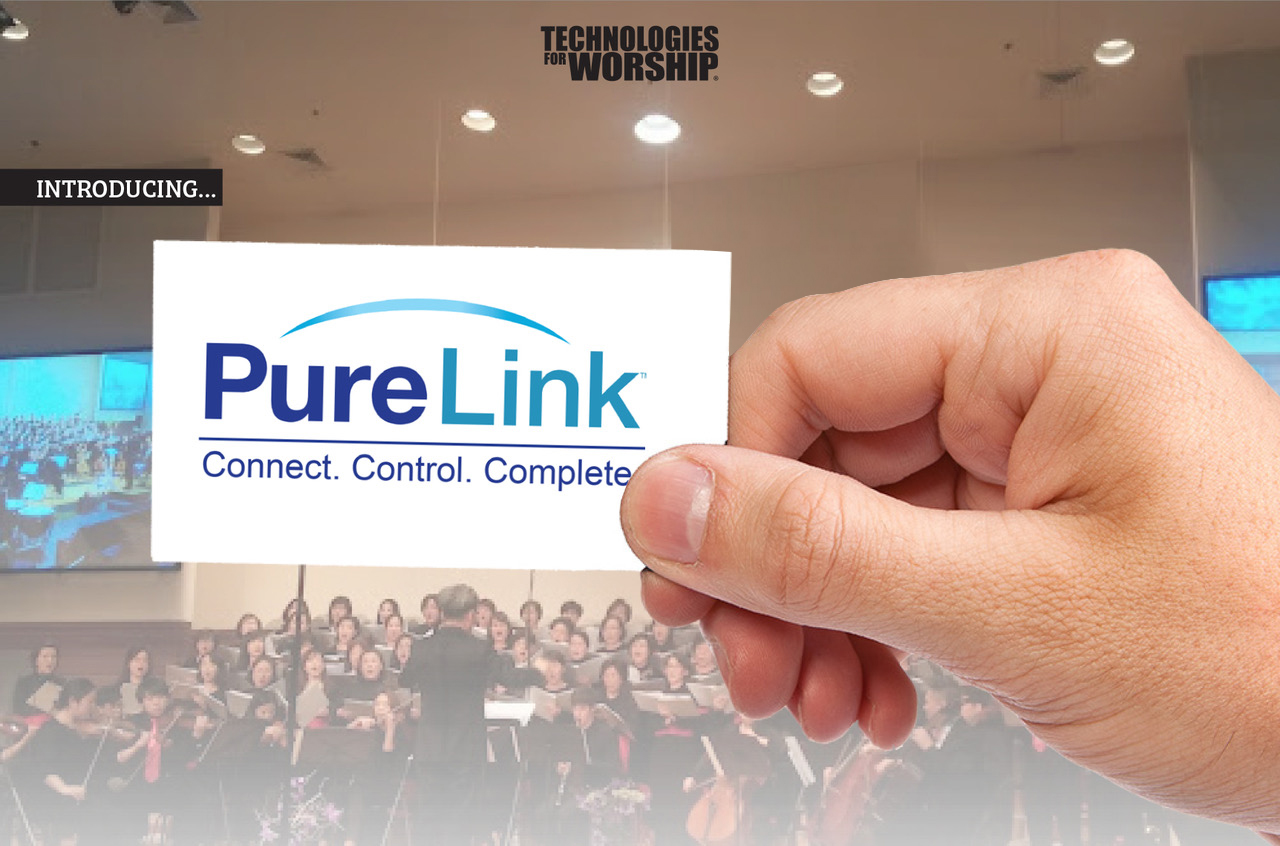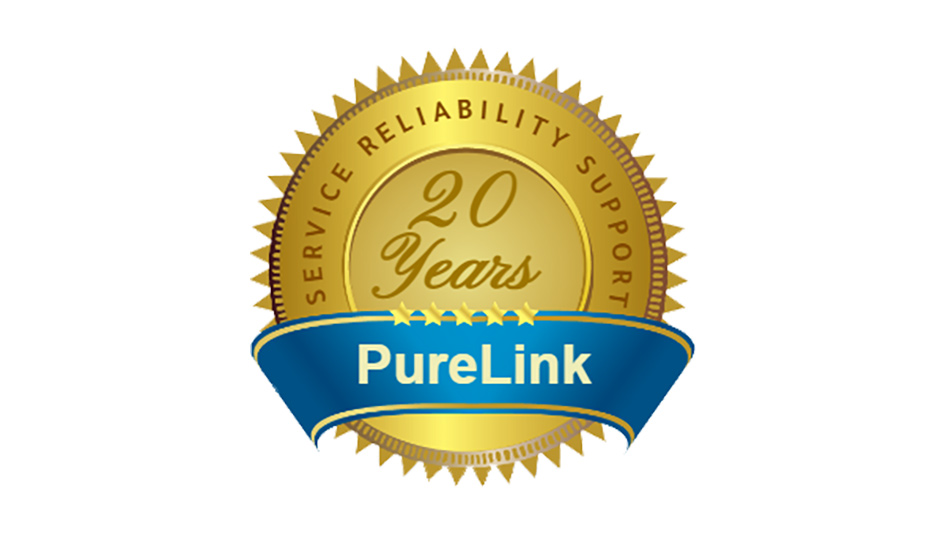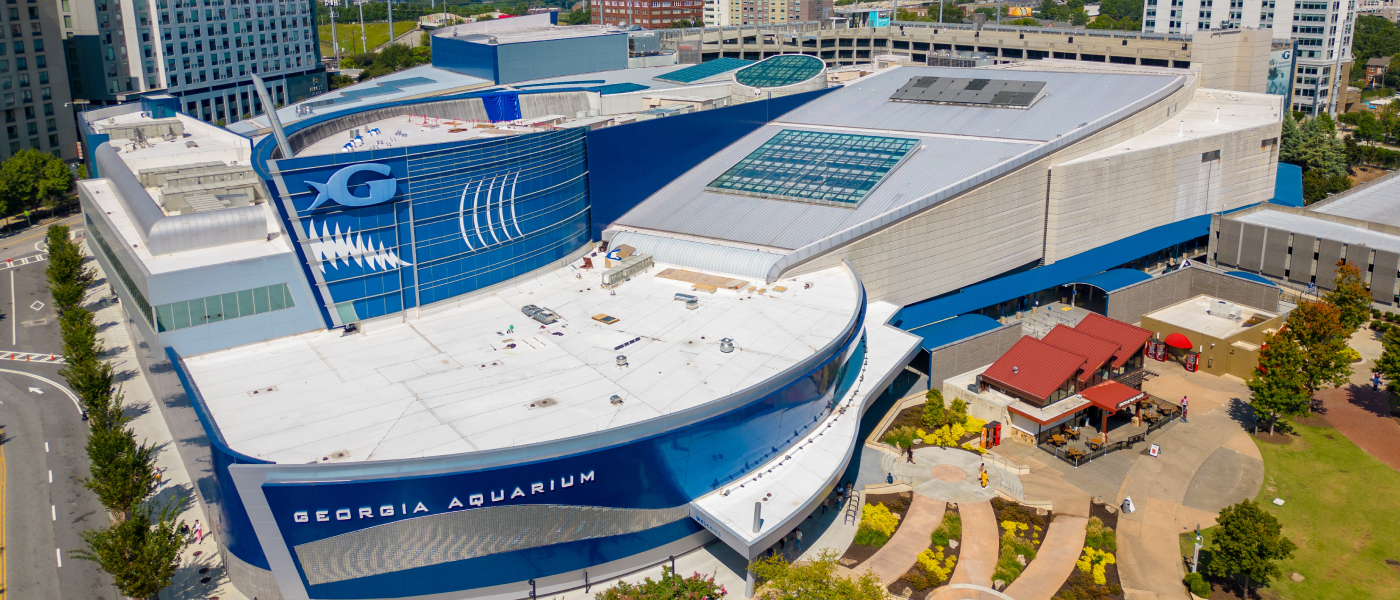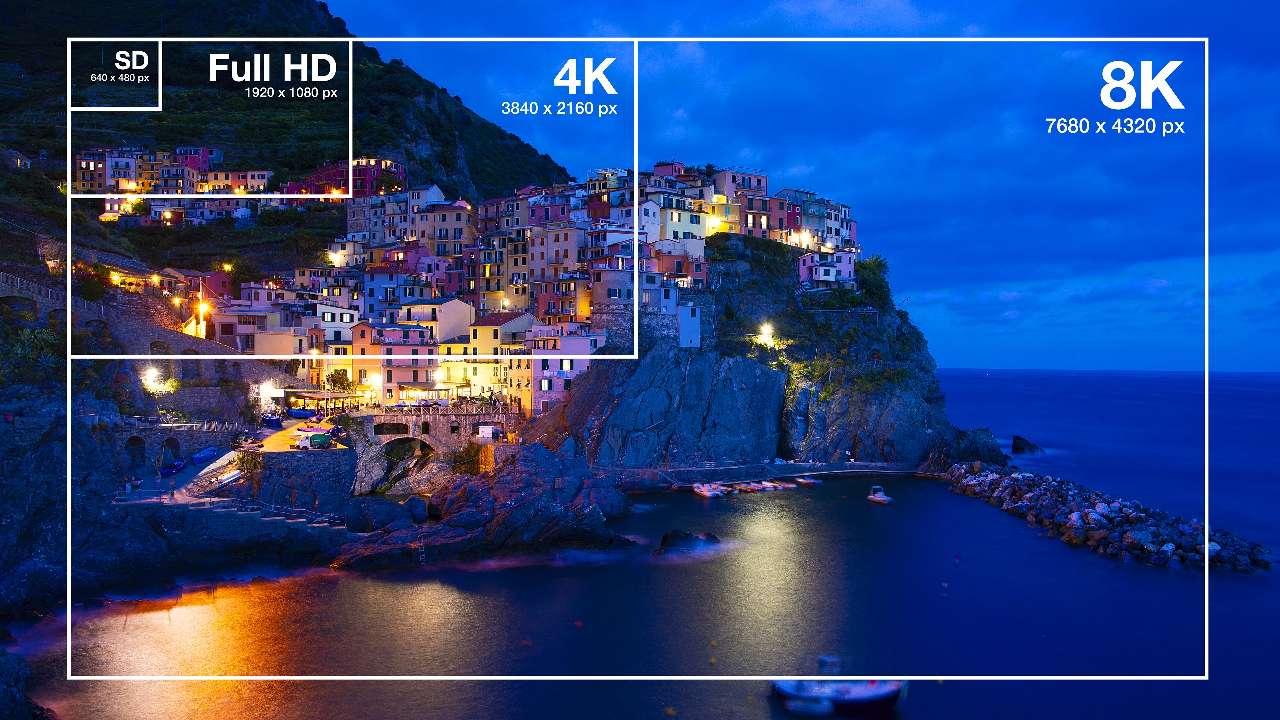
Now that InfoComm17 is over and we all have had time to digest the show, one question that comes to mind is, was everything I saw real? From 25G switchers to 4K/60 4:4:4 over IP, manufacturers have claimed many advancements, all seemingly “too good to be true.” While the bait is certainly enticing, it leaves some of us questioning, “how can this be possible?”
Let’s take a look at some die hard facts:
| RESOLUTION | BANDWIDTH |
| 1920 x 1080 at 60 Hz progressive 8 bit color 4:4:4 | 4.46 Gbps |
| 3840 x 2160 at 30 Hz progressive 8 bit color 4:4:4 | 8.91 Gbps |
| 3840 x 2160 at 60 Hz progressive 8 bit color 4:2:0 | 8.91 Gbps |
| 3840 x 2160 at 60 Hz progressive 8 bit color 4:4:4 | 17.82 Gbps |
| 3850 x 2160 at 60 Hz progressive 8 bit color 4:4:4 | 24.95 Gbps |
The Alternate Truth
 |
 |
Many of the IP video products on the show floor claimed to transport 17.82 Gbps 4K60 4:4:4 over 1G or 10G networks. So… what happened to all of the data? The fact is, you can’t take 17.82 Gbps and make it magically go through a 1G or 10G network switch and come out on the other end at the same bandwidth. Even Einstein can’t change the laws of physics, so it is unlikely the vendors at InfoComm have duped them as well.
The Real Truth
Everyone is compressing.
We said it outright. PureLink’s newest 4K IP Video Distribution System transports 4:2:0 subsampling of a 4K/60 signal using proprietary compression technology. In most applications this is an acceptable and legitimate approach, and here’s why.
Why Compress?
1G switches allows up to 1Gbps per port. 10G switches allow up to 10Gbps per port. While there are network switches rated at 40Gbps, all of this bandwidth costs money. Higher data rates require more integrity in cabling, connections, and other peripherals.
Look carefully at the specifications and data rate requirements of video over IP products. You will mostly find transmitter loads anywhere from 15Mbps (1080p products using H.264 compression schemes) to 800Mbps using 4K/30 4:2:0 compression and 8Gbps (4K/60 using proprietary compression schemes). Compression technology is used everywhere products in order to fit the video streams into 1G or 10G ports.
|
Many of the compression schemes are quite effective and provides marginal variation in picture quality. If we stop discussing 4K/60 4:4:4 for the moment and just focus on the actual image itself, most will find that the difference between compressed and uncompressed 4K signals does not justify the difference in cost when it comes to video over IP. In fact, decision makers will prefer the value proposition. We are confident in our ability to deliver superb resolution, as well as simplified installation and management – all at a competitive price point and with the on-going support of our PureLink People that our customers rely on. Together with our free resources including webinars and InfoComm certified training, PureLink’s IP video solutions provide the value and flexibility to work seamlessly with your needs. |
|
Take a closer look at the realities of Video over IP with PureLink™. You won’t hear any impossible claims from us, just the truth.

